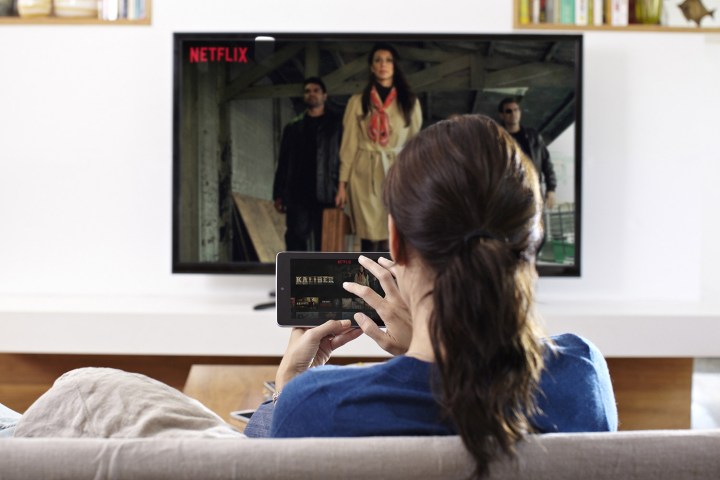
The past week has made Hastings look downright prophetic. CBS failed to properly stream the Grammys, HBO announced it would outright copy Netflix’s content strategy, and Fox began dangling $25,000 prize money just to entice users into using its streaming apps. What’s the problem?
Apps have changed the way we watch in a fundamental way.
Fox’s “Stream It and Dream It” prize program is actually in its second iteration — it will run for three weeks from February 16 through March 8. All viewers have to do is sign in to any of Fox’s five different Fox Network apps, authenticated by a cable subscription, and they’ll be given a code to enter into a micro site. Fox is even giving cord-cutters the chance to play the game, offering a temporary pass to all five apps, including FOX Now, FXNow, Nat Geo TV, BTN2Go, and Fox Sports Go. Confused about all those different apps? Well, that’s part of the problem.
Why is Fox so desperate to get users on board? Cable companies and the big networks (some of which are one in the same) have been trying to push TV everywhere apps down the throats of viewers since Time Warner came up with the concept (according to Hastings) in 2009. That’s because the data shows that app users are much less likely to give their cable company the boot — Variety even cites a HUB Research survey that claims 73 percent of TV everywhere users “feel more positive” about their TV provider.
There’s no mystery there: Being able to take your TV show or movie with you virtually anywhere — from the big screen to your smartphone, and everywhere in between — has changed the way we watch in a fundamental way. And Netflix’s brilliant model of churning out its own TV shows and movies at a fevered pace has changed what we watch, too.

Unfortunately for traditional TV services, that model doesn’t translate very well. That’s because, in order to make TV everywhere apps work like Netflix, the companies that make TV shows and movies would have to license their content to multiple distributors, including cable companies and satellite providers as well as multiple networks, across multiple apps.
“The challenge in the industry is that it’s very fragmented between the cable networks and the distributors, and so it’s really tough to work well together, to extend the ecosystem,” Hastings said in November. “We’ve always been most scared of TV everywhere as the fundamental threat. That is, you get all of this incredible content that the ecosystem presents, now on demand, for your same $80 a month. And yet the inability of that ecosystem to execute on that, for a variety of reasons, has been troubling.”
And that lack of order and consistency is just one of the many challenges of streaming.
HBO recently found out the hard way that converting to streaming isn’t an easy feat to accomplish. The company had so much trouble building out its own standalone streaming app, HBO Now, it turned to an odd source for help: Major League Baseball. Strange though it might seem, MLB is a big player in streaming, having been at work developing streaming apps for over a decade. And even with MLB’s expertise, HBO Now has had serious trouble taking hold, announcing fewer than a million subscribers since its launch in April 2015. In comparison, HBO has 30 million cable subscribers, and Netflix has 75 million subscribers.
HBO isn’t just copying Netflix’s streaming model. The company announced in its fourth-quarter earnings report this week that it will be making strides to make its service more like Netflix, including a ramp up of production by 50 percent, as well as a focus on international expansion.
Fox’s rival network CBS has had its own troubles trying to make streaming a bigger part of its overall ecosystem. The network created a standalone $6-a-month service called CBS All Access in October 2014. While the service has had plenty of time to get cooking, it crashed hard when CBS attempted to stream the Grammys on Monday night.
Though streaming live TV comes with its own challenges that Netflix and similar streamers don’t have to worry about, it’s abundantly clear that traditional TV is struggling to stream. We’ll have to wait and see how networks and big cable respond to the challenges of streaming in the coming years. But for now, this is Netflix’s world. And every other up-and-coming streamer is just trying to keep up.
Editors' Recommendations
- 5 years ago, Game of Thrones aired its last great episode. Here’s why it still holds up
- Netflix’s 3 Body Problem is missing the one thing that made Game of Thrones great
- If you don’t see CBS in 4K on YouTube TV, try this
- This streaming service was the best in 2023. Find out what it is and why it dominated
- YouTube TV still leads after latest round of streaming numbers

